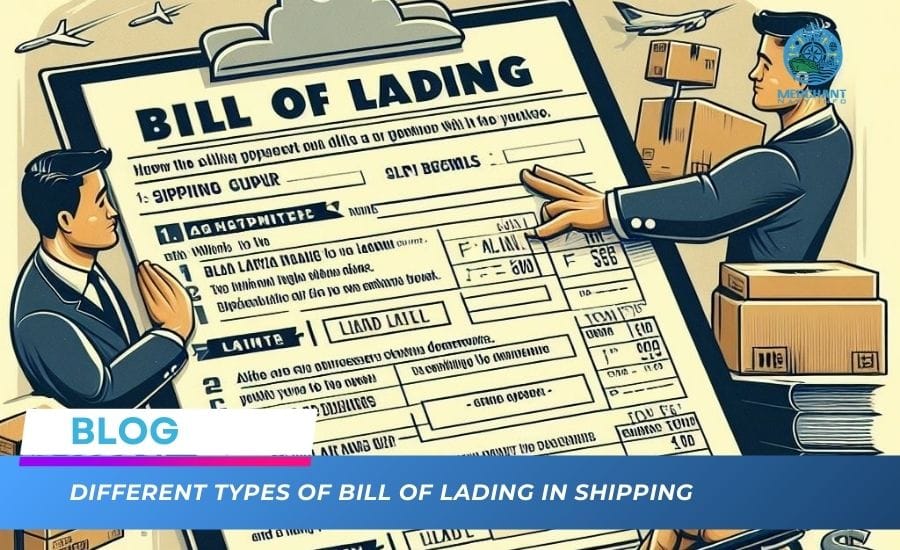
What does SS mean on a ship?
Today, we’re here to answer what SS means on a ship. We will provide the answer, explain the historical meaning of the abbreviation, and look at the origins and meanings of some other common ship abbreviations and prefixes.
In the maritime world, abbreviations and acronyms distinguish different types of ships. These abbreviations can make it easier to understand what type of ship you’re talking about and can reflect a ship’s purpose, historical significance, or even the country it’s from.
A ship prefix is usually an abbreviation engraved in front of the name of a ship, whether naval or commercial, consisting of several letters that indicate a specific meaning. A prefix can also refer to certain letters used to indicate a specific fact.
Ship prefixes used on merchant ships mainly refer to the propulsion technology used by the ship, such as the abbreviation “SS” for “steamship,” indicating that the ship is powered by steam propulsion. Ship prefixes can also include the type of ship, such as “RV,” which stands for “research vessel,” and state the ship’s purpose, in this case, the systematic and scientific acquisition of knowledge. While often used, merchant ship prefixes vary in style; for example, a slash can be entered in the middle, such as “M/S.”
Use of Abbreviations on Ships
On the other hand, Marine prefixes are widely used to shorten longer addresses to a short, accessible form for ease of use. “Her Majesty’s Ship” is an example of a long title used by the Royal Navy, so ship names such as H.M.S (or HMS) came into daily use.
Ship prefixes in maritime shipping also indicate the type of ship, such as “U.S.F” (United States Frigate), referring to frigates used under the United States Navy. Today, only one unique ship prefix exists for all warships in a particular country’s navy. For auxiliary and allied service ships, multiple ship names can be entered, such as “Coast Guard”.

It is not a mandatory rule to add a ship prefix to all ships; the Imperial Japanese Navy and the German Navy of the Third Reich are good examples. Therefore, the ship naming process is not universally followed. Some British authors advocate the use of ship prefixes, such as “IJN” for the fleet “Imperial Japanese Navy”, “HIJMS” for “Imperial Majesty’s Ships”, and “DKM” for “German Navy”. Oddly enough, these names result from logical coherence and are consistent with abbreviations such as “HMS” or “USS.” Most authors follow the basic rules established by the Navy and omit ship prefixes.
What does SS mean on a ship?
When it comes to ships, the abbreviation SS stands for “steam ship.” Traditionally, the term describes any ship that uses a steam engine to power its main propulsion system.
These types of engines were extremely popular in the 19th and early 20th centuries. Steam engines revolutionized the maritime world because they could propel ships through the water without relying on wind to move sails or human-powered oars.
Although it may seem slightly confusing, the prefix SS refers to a ship, while the abbreviations S/S or S.S. refer to a “sailing ship” in general. Although the two abbreviations sound similar, they refer to two different types of ships.
What does USS mean in terms of a ship?
USS means “United States Ship.” This is the official name given to ships of the United States Navy. As with other abbreviations and acronyms, the prefix USS is followed by the unique name of the ship. USS can join the ranks of small ships and large aircraft carriers operated by the United States Navy.

What does HMS mean in terms of a ship?
Another nautical term you may have heard of is HMS. This abbreviation means “Her Majesty’s Ship.” The British Royal Navy often uses HMS to distinguish royal warships from civilian vessels or warships of other navies.
You may have seen this particular abbreviation on the sides of famous warships, as the Royal Navy was the most powerful navy on Earth from the mid-1700s until shortly after World War II.
While this abbreviation is often used almost exclusively for the Royal Navy, it can also designate any ship owned or operated by the British monarchy or government. Today, it is still frequently used, even for the newest ships in the fleet.
What does RMS mean on a ship?
You may have also seen the RMS abbreviation when researching some of the most famous ships in history. Perhaps it will surprise you that RMS stands for Royal Mail Ship.

This classification applies to any ship entrusted with mail transportation under the Royal Mail Service contract. Since written letters were one of the only ways to communicate with people in the rest of the world, it was an honour to be assigned to deliver mail. To be trusted with this task, a ship must be fast, efficient, and reliable.
Titanic Voyages
One of the most famous ships in history carried the RMS designation: RMS Titanic. While Titanic was primarily known as a luxury passenger ship, it was also designed to carry mail between Europe and North America, and it was therefore called RMS.
FAQ
Do cruise ships have their acronyms or abbreviations?
Cruise ships rarely have uniform acronyms or abbreviations. Commercial or Marine abbreviations are unnecessary, as these ships are designed almost exclusively for leisure and pleasure. Alternatively, the cruise line that owns a passenger ship can call it whatever it wants.
Do ships still use the abbreviation SS today?
Today, ships are rarely given the SS designation because, outside of historical reenactments, few are powered by steam engines and would not be classified as “steam ships.”

Do all countries use the same abbreviations for ships?
No, each country usually has its abbreviations for different types of ships. While some of the most famous and widely recognized ships, such as the SS, are almost universal, each country and its navy tends to have its terminology.
Other common abbreviations used by most countries are MV (for “Motor Vessel”) and RV (for “Research Vessel”).
Final Words
SS and other common naval abbreviations, such as USS, HMS, and RMS, may have historical significance or be used for more practical reasons, such as making it easier to determine whether a ship is navy-owned or civilian-owned.










